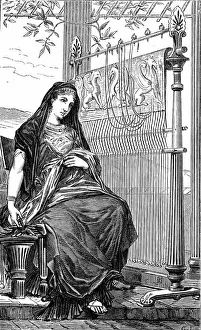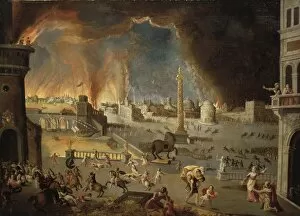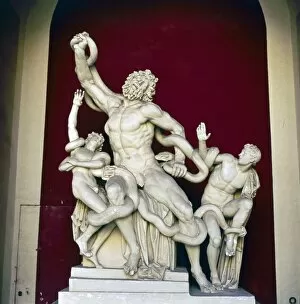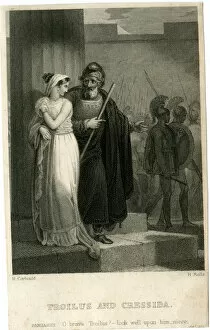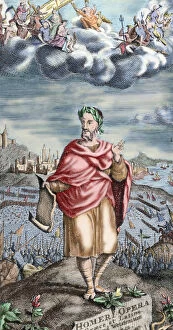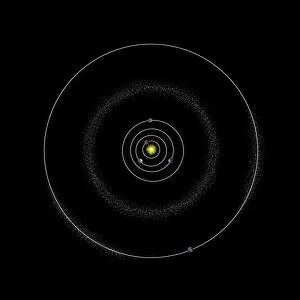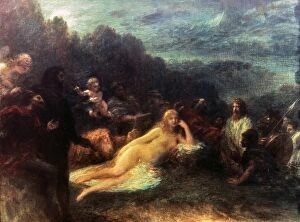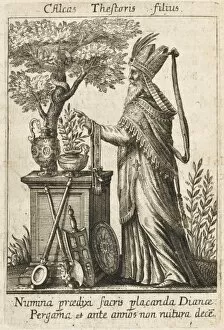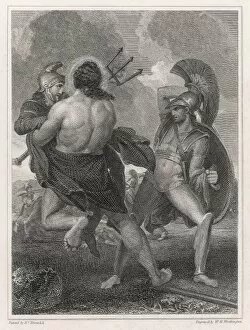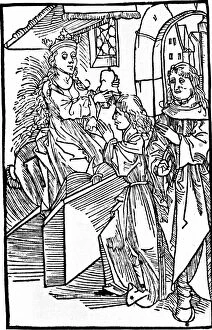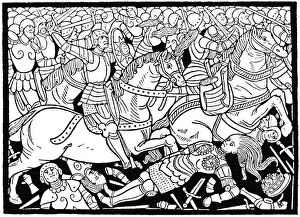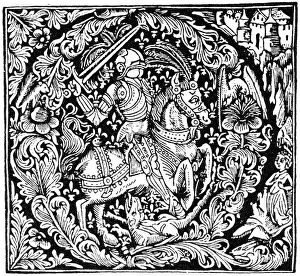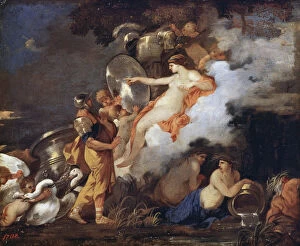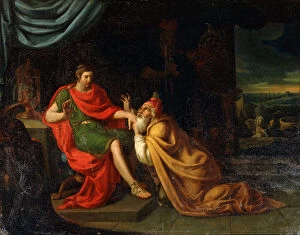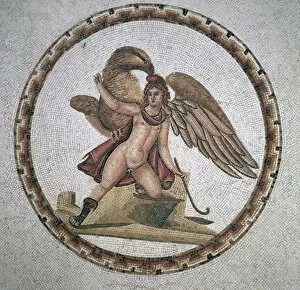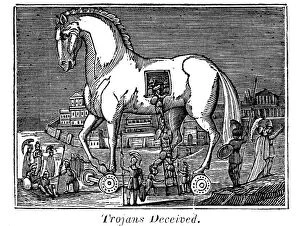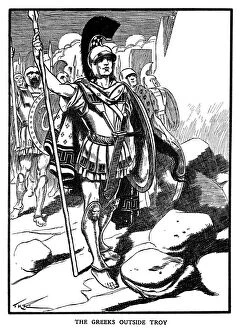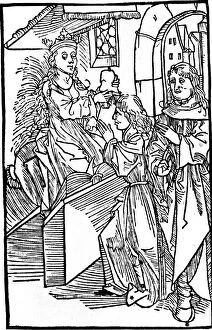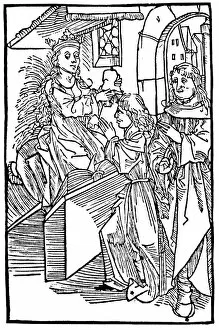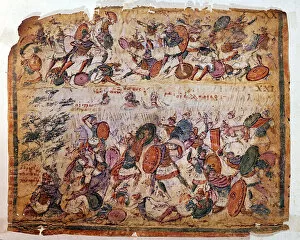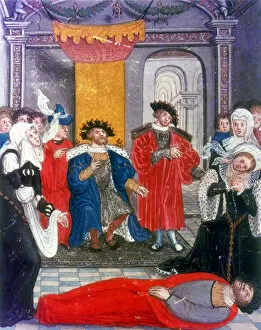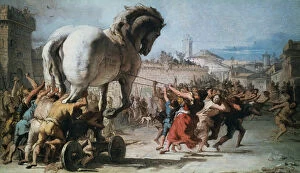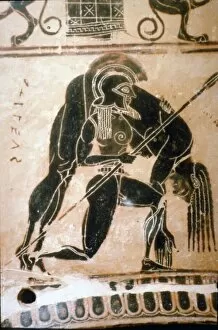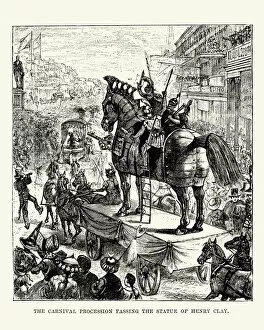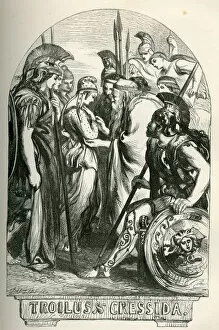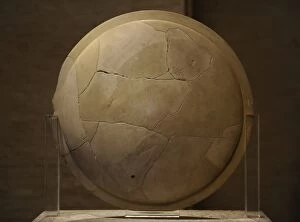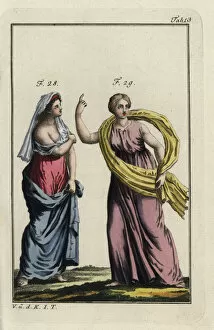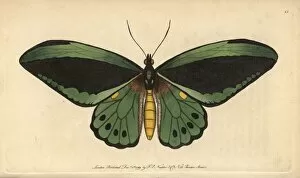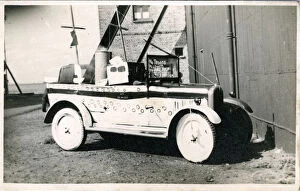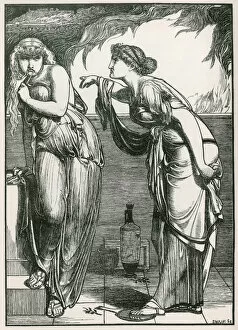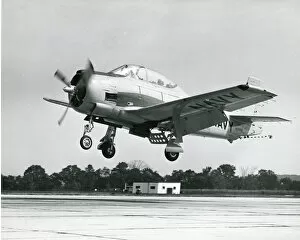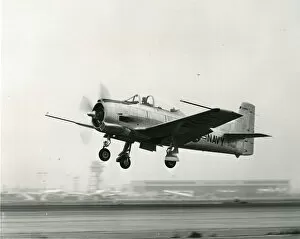Trojan Collection (#6)
"Unveiling the Epic: From the Death of Hector to the Trojan Horse" Step back in time to witness the dramatic events that shaped ancient history
For sale as Licensed Images
Choose your image, Select your licence and Download the media
"Unveiling the Epic: From the Death of Hector to the Trojan Horse" Step back in time to witness the dramatic events that shaped ancient history. The death of Hector by Achilles during the Trojan War, a clash of heroes that echoed through eternity. As empires rose and fell, another pivotal moment arrived with Aeneas' arrival in Italy, marking the dawn of the mighty Roman Empire. Claude Lorrain's masterpiece captures this transformative era, transporting us to c1620-1680. Intriguingly mysterious is the 1962 Trojan Heinkel 200, its creator unknown. An enigma from modern times paying homage to an ancient legend. The tale continues with Medea and Jason's audacious quest for power as they steal the coveted Golden Fleece – a story woven into mythology forever. Busts immortalize seven principal heroes who fought valiantly during Troy's darkest hours; their faces etched with bravery and sacrifice. Archaeological wonders emerge as Schliemann excavates Ancient Troy, unearthing secrets buried beneath layers of time. The site tells stories untold for centuries. Helen of Troy stands at center stage - her beauty captivating hearts across lands - her abduction igniting flames that engulfed nations in war. A Roman relief unveils Zeus abducting Ganymede - a reminder that even gods were not immune to desire or temptation. Battle scenes depict warriors clashing amidst chaos and bloodshed; their valor tested on every front line during those fateful years of conflict. And finally, we come face-to-face with Helenus – his prophetic wisdom guiding lost souls amidst turmoil and destruction. From epic battles to cunning strategies, from love affairs to divine interventions – these glimpses into Trojan history paint a vivid picture of resilience against all odds. And at its core lies one enduring symbol: The Trojan Horse – an ingenious ploy that would change destinies forever.

